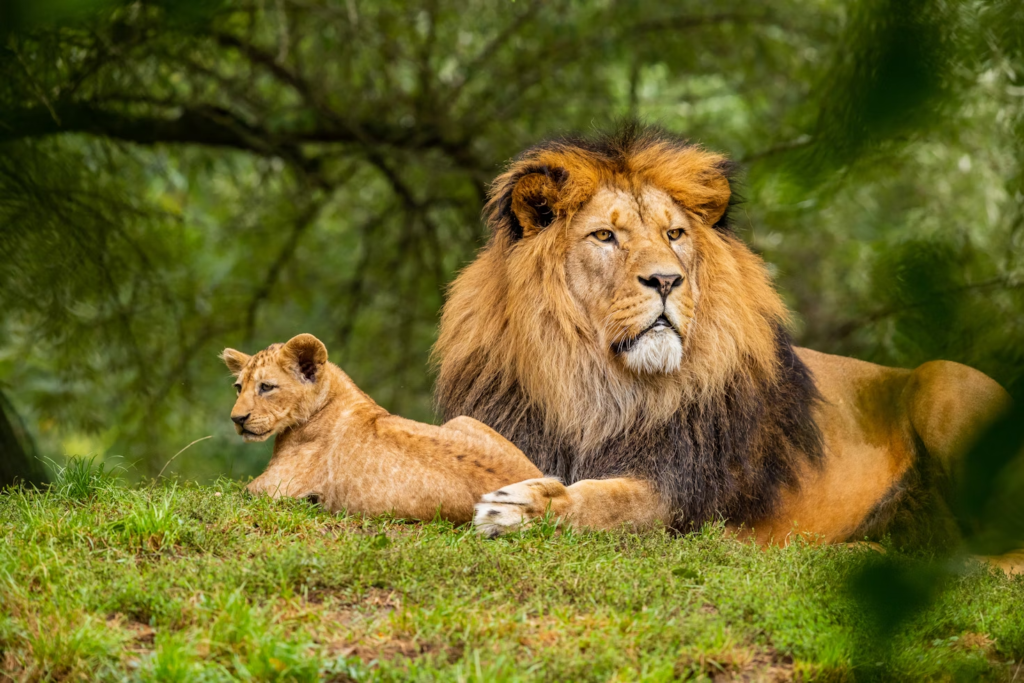Responsible Wildlife Tourism: Seeing wildlife is a highlight of travel for many. But some animal experiences hide cruelty behind the scenes. As travelers, we must educate ourselves to enjoy wildlife tourism responsibly.
Follow these 10 tips to have meaningful encounters that protect rather than exploit animals. Together we can transform tourism into a force that preserves our planet’s precious biodiversity.
What is Wildlife Tourism?

Wildlife tourism refers to interacting with and observing animals, plants and natural habitats while traveling. This includes activities like:
- Safaris to see lions, zebras and wildebeest in Africa
- Swimming with dolphins in Mexico
- Visiting elephant sanctuaries in Thailand
- Birdwatching in the Amazon rainforest
The Benefits of Ethical Wildlife Tourism
Done right, wildlife tourism provides incentives to conserve nature and protects species. Ethical animal encounters educate visitors, provide livelihoods, and support communities coexisting with wildlife.
Seeing majestic creatures up close inspires awe for the natural world. This cultivates appreciation for protecting biodiverse ecosystems and endangered species.
Revenues also enable habitat conservation and anti-poaching patrols. Local guides gain valued income leading tours, rather than destructive livelihoods like logging or poaching.
When Wildlife Tourism Goes Wrong
However, some wildlife tourism is exploitative. Animals may be:
- Poached from the wild to supply tourism venues
- Traded illegally and smuggled across borders
- Kept in cruel conditions out of view of tourists
- Forced to interact or perform against their nature
- Overhandled, stressed or abused to ensure compliant photo ops
Tourists are often unaware of unethical practices. Social media spreads misconceptions, showcasing happy interactions devoid of context.
10 Tips for Responsible Wildlife Encounters
As travelers, we must dig deeper. Here are 10 ways to enjoy wildlife tourism without fueling exploitation:
1. Research Ethical Animal Experiences
Investigate operators beforehand through reviews and expert organizations. For example, the World Animal Protection Animal Friendly Travel Guide identifies ethical venues worldwide.
2. Prioritize Observation Over Interaction
Choose activities like safaris, whale watching or birding where you simply view animals in their natural habitat. Hands-on encounters often require unnatural training.
3. Support Conservation-Based Sanctuaries
Some rehabilitate abused wildlife. However, verify claims. Many so-called “sanctuaries” are profit-driven entertainment venues.
4. Say No to Wildlife Selfies
Never pose for photos requiring you to handle or restrain captive wild animals. This causes tremendous stress, even if they appear calm.
5. Be Wary of Shows and Performances
Avoid venues making animals dance, juggle balls or perform tricks. These require cruel training methods that break spirits.
6. Don’t Ride Elephants
Banned in many countries, elephant rides inflict tremendous suffering. calves are abused to break their will. Adults later develop painful spine injuries.
7. Feed Animals Sparingly and Safely
Feeding wild animals makes them dependent and unafraid of people. If feeding captive wildlife, ensure food is healthy and gathering crowds don’t distress them.
8. Consider the Impacts of Swimming With Dolphins
While tempting, captivity is stressful for these intelligent, far-ranging creatures. However, some argue ethical scenarios exist. Carefully research.
9. Never Purchase Wildlife Souvenirs
Outlawed in most countries, items like ivory, furs, shells and feathers fund poaching and illegal wildlife trade. Don’t bring them home.
10. Be a Mindful Social Media User
Don’t idealize or envy others’ wildlife photos without context. Share thoughtful captions explaining why certain activities are unethical.
How Travelers Can Champion Animal Welfare
We vote with our dollars, so choose venues promoting conservation and animal well-being. Seek engaging learning experiences that respect wildlife’s needs.
Avoid activities requiring animals to perform against their nature. Don’t support inadequate facilities housing distressed, neglected animals.
Together, we can transform tourism into a driving force that nurtures wildlife rather than destroying it. Our collective voices and choices make the difference.
Speak up! Be an advocate by refusing unethical attractions and writing online reviews highlighting concerns. Share this knowledge to build awareness.
With care, wildlife tourism provides profound connections and safeguards precious biodiversity. But we must dig below the surface, ask hard questions and vote ethically to avoid exploitation.
Empowered travelers can protect the vulnerable creatures worldwide who thrill us. Wildebeest grazing Serengeti plains, arctic foxes roaming tundra and macaws soaring over rainforest – these wonders of nature rely on us.
Final Thoughts on Responsible Animal Encounters
Does a wildlife venue empower locals, provide sanctuary, support conservation? Or are the animals’ best interests an afterthought?
Question feel-good marketing. Trust your instincts. Analyze interactions through the animals’ eyes, not just your own.
Reflect on how we achieve meaningful connection without objectifying wildlife. Share this knowledge widely.
Together, we can prevent suffering, preserve global biodiversity and ensure tourism nurtures rather than destroys animals and their homes.
What tips do you have for responsible wildlife tourism? Share your thoughts below on how travelers can support animals!
FAQs
What is responsible wildlife tourism?
Responsible wildlife tourism means choosing ethical encounters that minimize harm and give back to animals and habitats, rather than exploiting wildlife for profit.
How can you avoid unethical wildlife experiences?
Do research on operators, avoid interactions requiring hands-on contact, steer clear of venues with animal performances, and don’t pose for selfies with captive wildlife.
What are examples of responsible wildlife tourism activities?
Responsible options include wildlife observation like birdwatching or whale watching, visiting reputable animal rehabilitation sanctuaries, and choosing tour providers that promote conservation.
Why is it important to be a responsible wildlife tourist?
To ensure animals are not harmed, stressed or abused for tourist entertainment. Our choices as travelers can help end exploitation and positively impact wildlife conservation.
How can travelers support ethical wildlife tourism providers?
By booking tours and venues that prioritize animal welfare over profit, writing reviews highlighting ethical practices, and sharing knowledge to influence others.

























